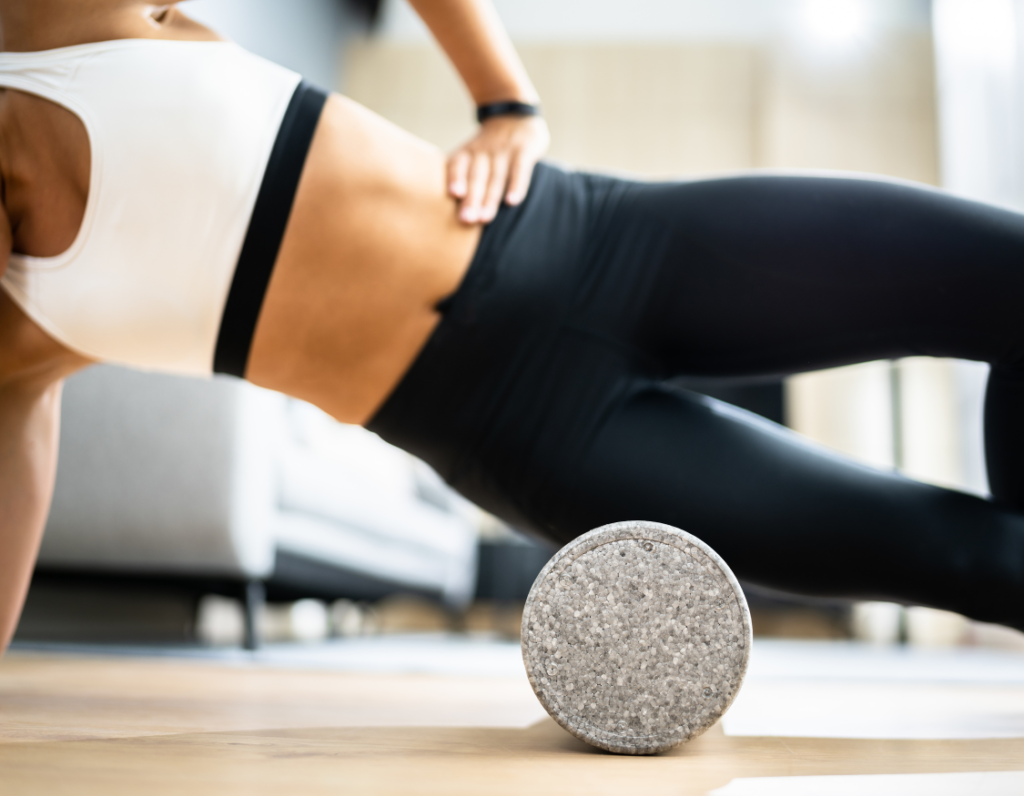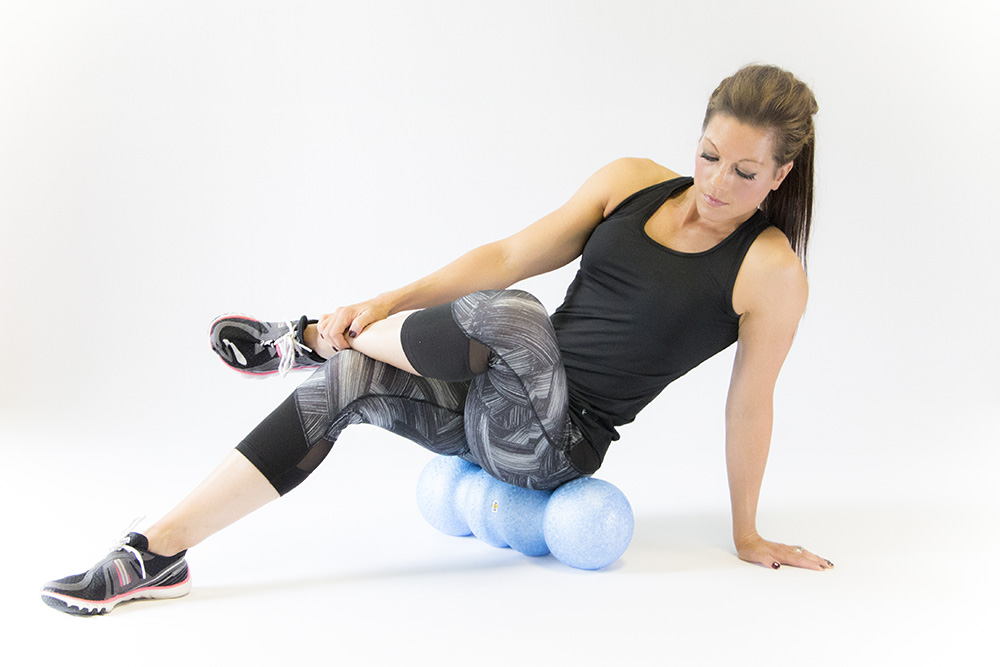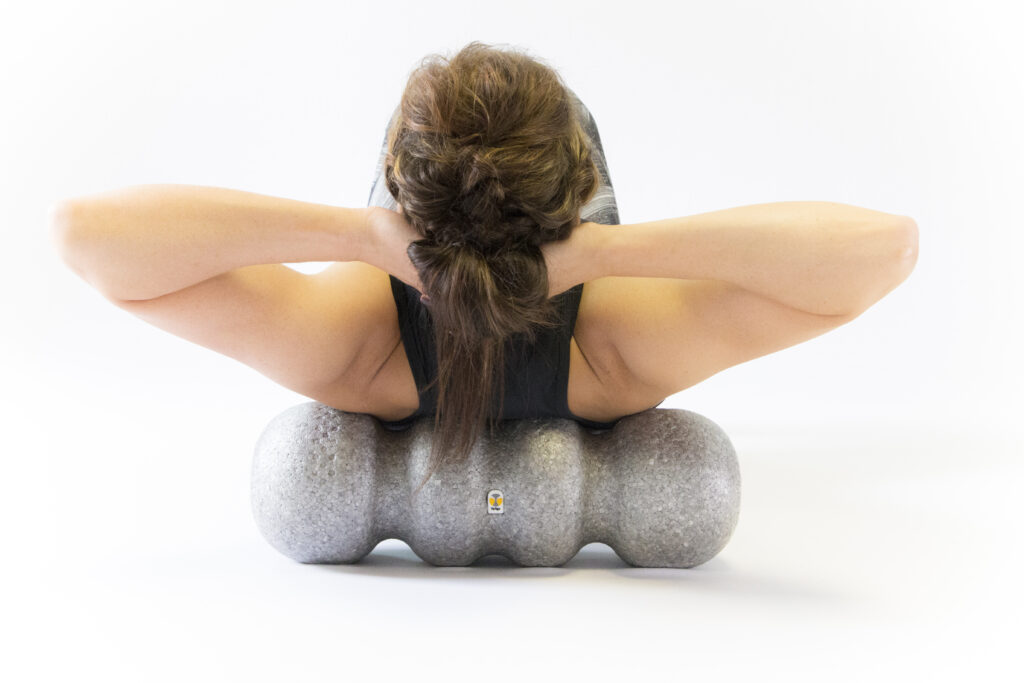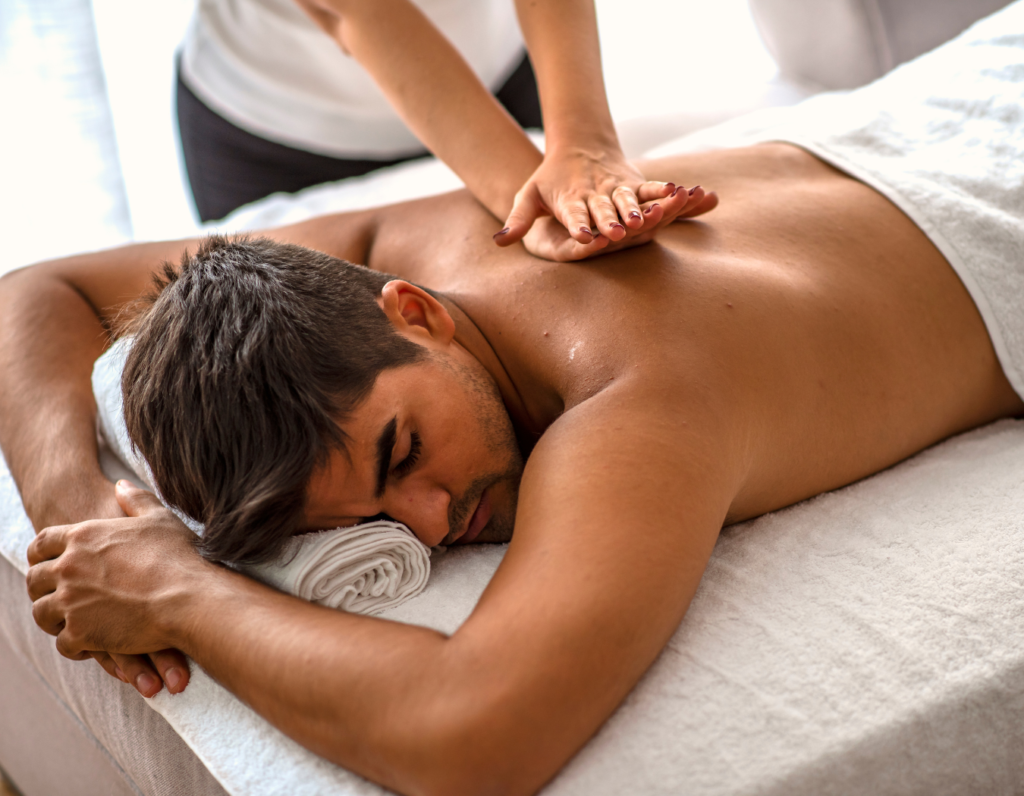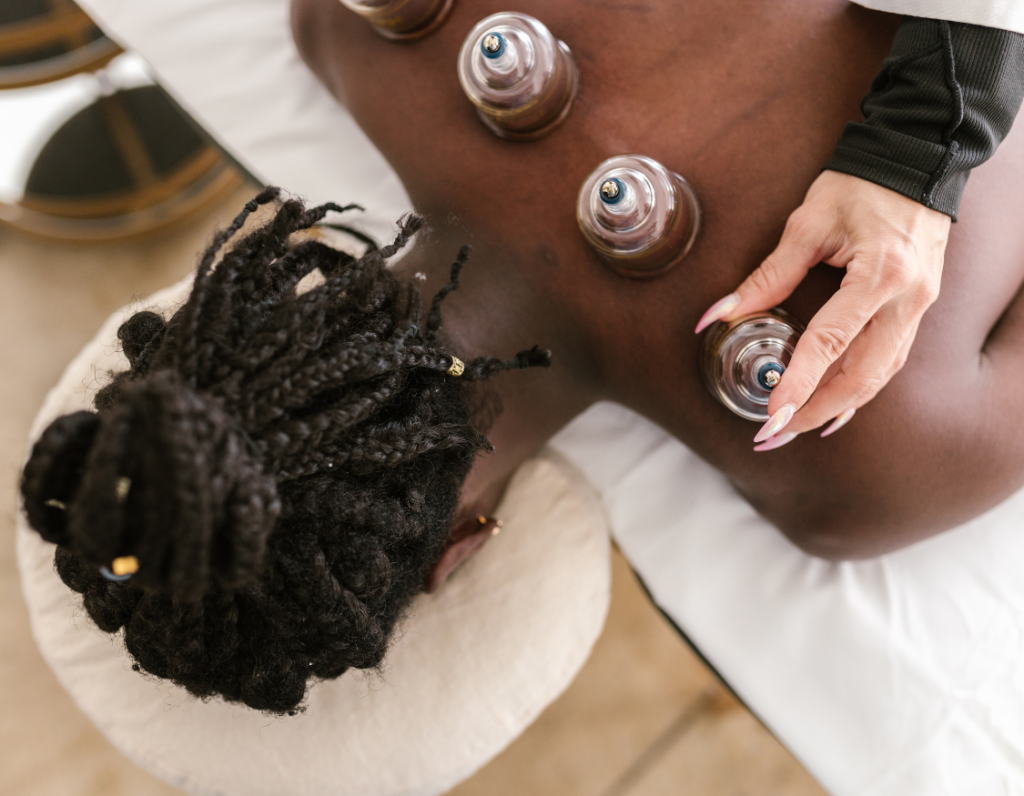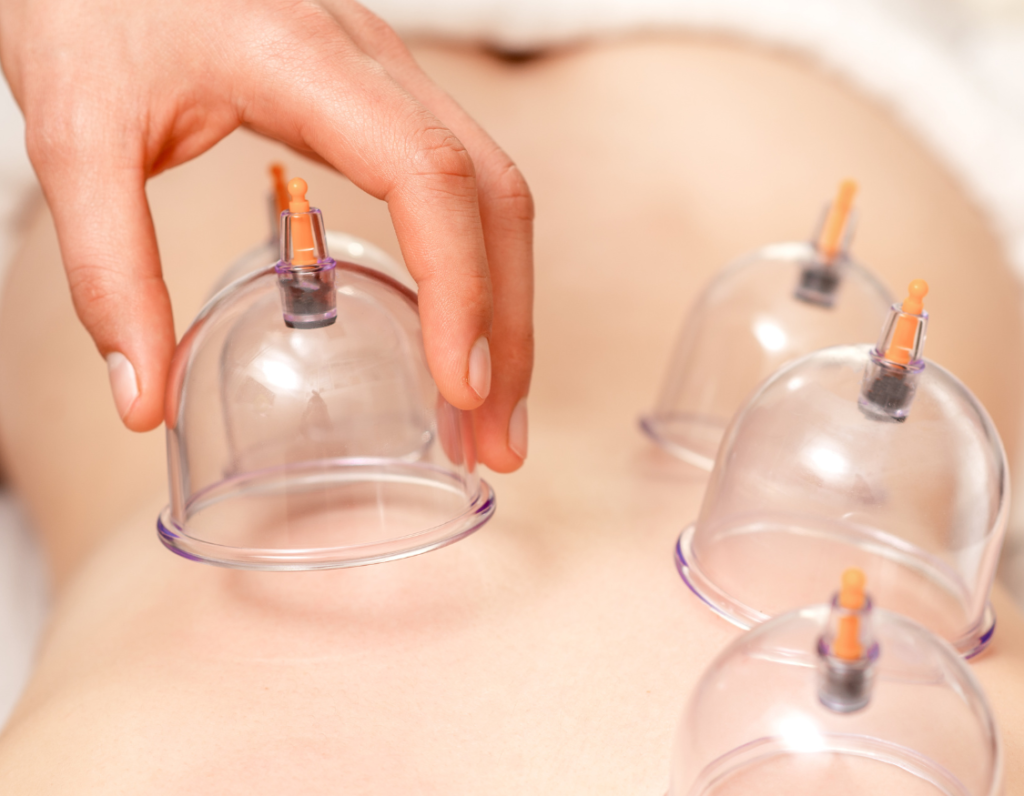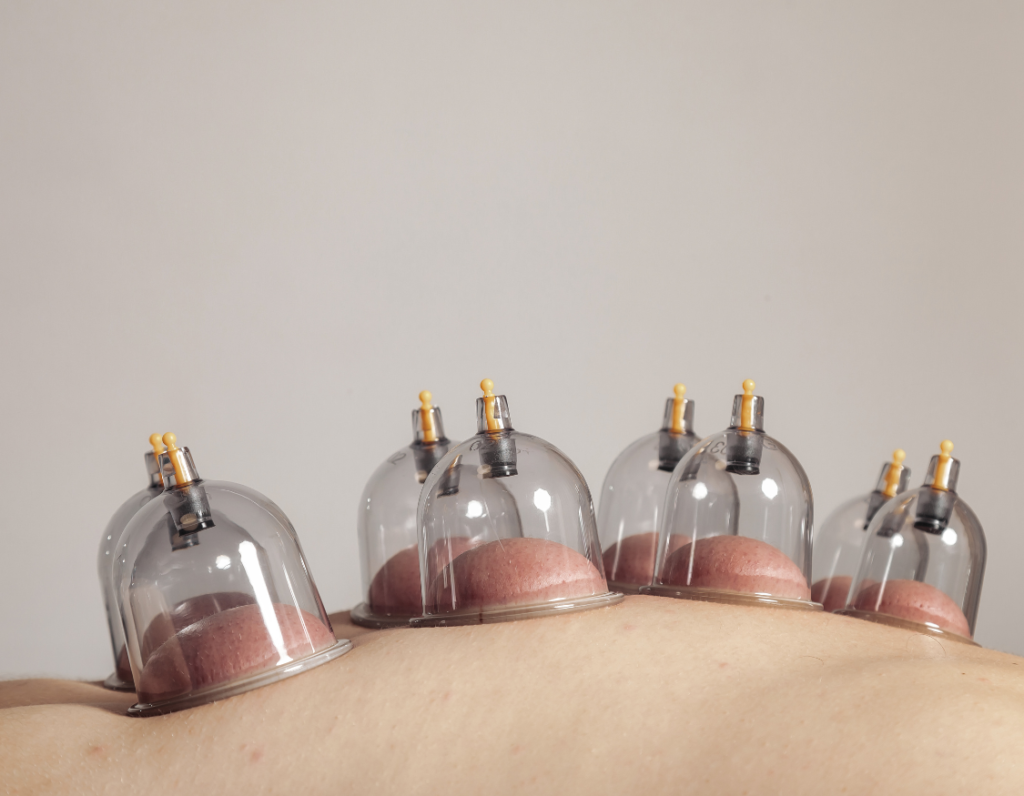
In the dynamic world of holistic wellness and physical therapy, myofascial release stands out as a transformative practice, offering a gateway to improved mobility, reduced pain, and enhanced overall well-being. This therapeutic technique, focusing on the intricate web of connective tissue known as fascia, has gained popularity for its ability to address a multitude of physical and mental health concerns. In this comprehensive exploration, we’ll delve into five compelling reasons why myofascial release is not just a luxury but an essential component of a comprehensive health regimen.
Improved Flexibility and Range of Motion: One of the primary advantages of myofascial release lies in its capacity to enhance flexibility and increase the range of motion. Fascia, a tough and resilient tissue, can become tight and restrictive due to factors like stress, overuse, or injury. Myofascial release techniques, such as gentle stretching and sustained pressure, work to release this tension, restoring the fascia to a more pliable state. As a result, individuals often experience improved flexibility, increased joint mobility, and a greater overall ease of movement. Understanding the fascial network’s role in connecting and surrounding muscles, bones, and organs is crucial to appreciating how myofascial release contributes to enhanced physical function. By addressing restrictions in the fascia, individuals can break free from the constraints of stiffness, promoting a more fluid and natural range of motion.
Alleviation of Chronic Pain and Discomfort: Chronic pain, whether originating from musculoskeletal conditions, injuries, or postural imbalances, can significantly impact one’s quality of life. Myofascial release serves as a powerful ally in the battle against persistent pain by targeting the root causes often found within the fascial system. The fascia’s interconnected nature means that tension or adhesions in one area can create a ripple effect, leading to discomfort elsewhere in the body. Myofascial release therapists use hands-on techniques, like applying sustained pressure or using specialized tools, to release tension points, break up adhesions, and promote better blood circulation. This holistic approach not only provides immediate relief but can also contribute to long-term pain management and prevention.
Enhanced Sports Performance and Injury Prevention: Athletes and fitness enthusiasts continually seek ways to optimize their performance and minimize the risk of injuries. Myofascial release has emerged as a valuable tool in this quest, offering benefits that extend beyond the physical benefits associated with conventional stretching or massage. Regular myofascial release sessions can address muscle imbalances, release tightness, and promote better alignment, all of which contribute to improved athletic performance. By targeting the fascial system, this technique helps prevent overuse injuries, strains, and imbalances that can hinder an individual’s ability to train effectively. Whether incorporated into a pre-workout routine to enhance flexibility or utilized as part of a comprehensive recovery plan, myofascial release proves to be an invaluable asset for athletes and fitness enthusiasts alike.

Stress Reduction and Mental Well-Being: The benefits of myofascial release extend beyond the physical realm, reaching into the domain of mental well-being. The release of tension within the fascial system often correlates with a profound sense of relaxation and reduced stress levels. During myofascial release sessions, individuals commonly experience a state of deep relaxation, akin to the calming effects of meditation. This relaxation response not only provides immediate relief from physical tension but also has a positive impact on mental and emotional well-being. Many individuals report improved mood, reduced anxiety, and an overall sense of calm following myofascial release, making it a valuable practice for those seeking holistic stress management.
Posture Improvement and Body Awareness: Poor posture is a common concern in today’s sedentary society, often contributing to musculoskeletal pain and reduced overall well-being. Myofascial release addresses the underlying causes of poor posture by targeting imbalances within the fascial system. The fascia plays a crucial role in supporting and organizing the body’s structure. When the fascial network becomes tight or restricted, it can pull the body out of alignment, contributing to poor posture. Myofascial release techniques, such as targeted stretches and release work, can help correct these imbalances, promoting better posture and increased body awareness. Through a combination of hands-on therapy and self-care techniques, individuals can learn to identify and release areas of tension within the fascial system, fostering a heightened sense of body awareness. This increased awareness allows individuals to make conscious choices about their movement patterns, daily habits, and overall physical well-being, contributing to long-term postural improvements.
Conclusion:
In conclusion, myofascial release stands as a cornerstone in the realm of holistic wellness, offering a diverse range of benefits that extend beyond the physical to encompass mental and emotional well-being. From improved flexibility and chronic pain relief to enhanced sports performance, stress reduction, and posture improvement, the transformative power of myofascial release cannot be overstated. As you embark on your journey toward optimal health, consider integrating myofascial release into your self-care routine and unlock the potential for a healthier, more vibrant life.











